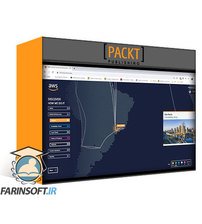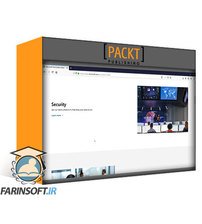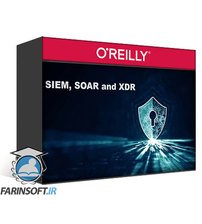1. CryptoMalware Ransomware
2. Ransomware Protection
3. Ransomware Protection - Phases
4. Trojan Horse
5. Worms
6. Spyware
7. Bloatware
8. Virus
9. Keyloggers
10. Potentially Unwanted Programs - PUPs
11. Fileless Virus
12. Logic Bomb
13. Root Kits
14. Botnets
15. Backdoors
16. Spraying
17. Brute Force & Dictionary Attacks
18. Known Plain Text Cipher Text
19. Physical Attacks - Brute Force
20. Physical Attacks - What is RFID
21. Physical Attacks - RFID Cloning
22. Physical Attacks - DDOS
23. Physical Attacks - DDOS Attacks - Historical Evidences
24. Environmental Impact on Physical Security
25. Network Attacks - DDOS
26. Network Attacks - DNS
27. Network Attacks - Mitigating DNS attacks
28. Network Attacks - Wireless
29. Network Attacks - Wireless - Mitigation Measures
30. Replay Attacks - Train Station Analogy
31. What is a Replay Attack
32. Network Attacks - On- Path Attacks
33. Network Attacks - Malicious Code
34. Application Attacks - Injection Attacks - Introduction
35. Application Attacks - Command Injection - Theory
36. Application Attacks - Command Line injection Attacks
37. Application Attacks - Command Injection Demo
38. Command-Line Injection (CLI) attacks - The Story of ShellShock
39. Application Attacks - Injection Attacks - XSSCross Site Scripting
40. Application attacks - Injection - LDAP Injection
41. Buffer Overflow attack - Train Station Analogy
42. What is a buffer overflow attack
43. Application Attacks - Credential Replay
44. Detection & Prevention of Credential Replay Attacks
45. Application Attacks - Privilege Escalation
46. What is Application-Level Forgery
47. Application Attacks - Directory Traversal
48. Cryptographic Attacks - Downgrade
49. Cryptographic Attacks - Collision
50. Indicators - Accounts Lockout
51. Indicators of Malicious Activity - Current Session Usage
52. Indicators of Malicious Activity - Blocked Content
53. Indicators of Malicious Activity - Impossible Time Travel
54. Indicators of Malicious Activity - Resource Consumption
55. Indicators of Malicious Activity - Resource inaccessibility
56. Indicators of Malicious Activity - Out-of-Cycle Logging
57. Indicators of Malicious Activity - Published Documented Indicators
58. Indicators of Malicious Activity - Logging
59. Milestone Check.html











